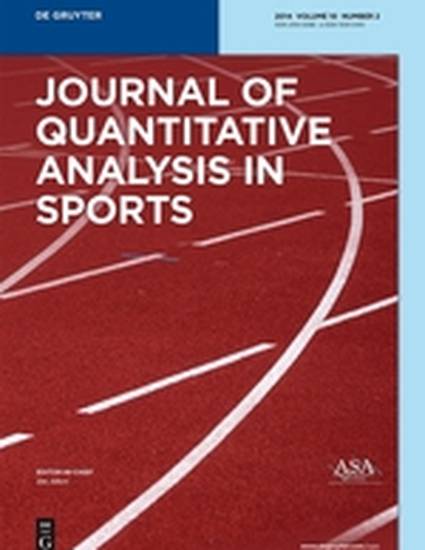
Prior studies of referee behavior focus on identifying a bias in when certain calls are made [Kovash, Kenneth, & Levitt, Steven (2009). "Professionals do not play minimax: evidence from Major League Baseball and the National Football League (No. w15347)." National Bureau of Economic Research; Rosen, Peter A. and Rick L. Wilson. 2007. "An Analysis of the Defense First Strategy in College Football Overtime Games." Journal of Quantitative Analysis in Sports 3(2):1-17; Alamar, Benjamin. 2010. "Measuring Risk in NFL Playcalling." Journal of Quantitative Analysis in Sports 6:11.]. We extend this research by evaluating the consistency of specific discretionary penalties in professional football. In doing so, all NFL plays from 2002 to 2012 are considered, isolating the occurrence of holding and pass interference calls. Even after accounting for game and play specific variables, including team characteristics, type of play, and the game's score, we find the likelihood of both penalty types follows a quadratic trend, low at the beginning and ends of the game, but high in the middle. We suggest that these penalties are uniquely called with higher levels of discretion, in an attempt by referees to imply fairness in the flow of the game.
- football,
- penalties,
- referees
